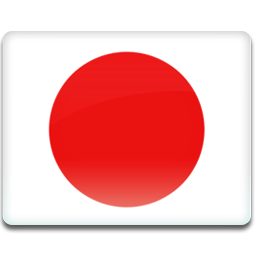Calcium Propionate CAS 4075-81-4
Calcium Propionate CAS 4075-81-4
Calcium propionate is a safe and reliable food and feed antifungal agent approved for use by the World Health Organization (WHO) and the Food and Agriculture Organization of the United Nations (FAO). Calcium propionate, like other fats, can be absorbed by humans and animals through metabolism and provide them with essential calcium. This advantage cannot be compared to other antifungal agents and is considered GRAS. The calcium propionate produced by our company is made from high-purity imported propionic acid and ion membrane liquid alkali as raw materials, with stable quality. Due to its high temperature resistance, its anti-corrosion effect is superior to other products. Calcium propionate is an acidic food preservative that produces free propionic acid under acidic conditions and has antibacterial properties. Its antibacterial effect is influenced by the pH value of the environment, and the best inhibitory effect on mold occurs at pH 5.0; The antibacterial ability significantly decreased at pH 6.0, with a minimum inhibitory concentration of 0.01%.
Calcium propionate is a safe and reliable food and feed antifungal agent approved for use by the World Health Organization (WHO) and the Food and Agriculture Organization of the United Nations (FAO). Calcium propionate, like other fats, can be absorbed by humans and animals through metabolism and provide them with essential calcium. This advantage cannot be compared to other antifungal agents and is considered GRAS. The calcium propionate produced by our company is made from high-purity imported propionic acid and ion membrane liquid alkali as raw materials, with stable quality. Due to its high temperature resistance, its anti-corrosion effect is superior to other products. Calcium propionate is an acidic food preservative that produces free propionic acid under acidic conditions and has antibacterial properties. Its antibacterial effect is influenced by the pH value of the environment, and the best inhibitory effect on mold occurs at pH 5.0; The antibacterial ability significantly decreased at pH 6.0, with a minimum inhibitory concentration of 0.01%.


















